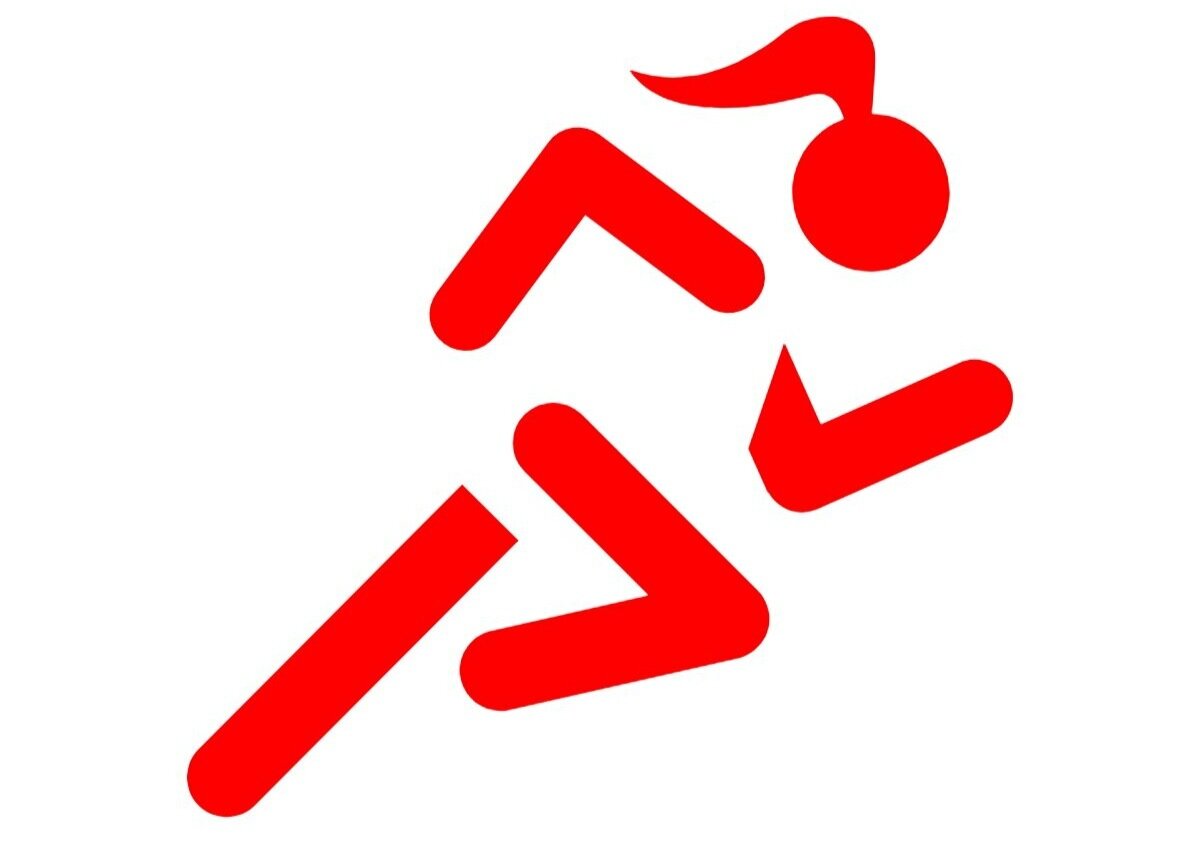Muscles: move them or lose them
It really is a point of use it or lose it when it comes to your muscles, or more pertinently move it or lose it. Every time you move, you are working your muscles and this makes them stronger. I’m not encouraging you to be the next World’s Strongest person, but the benefits of having strong, healthy muscles go further than simply being able to lift heavier things.
This is increasingly becoming a topic of interest – in part due to the long term consequences that lockdown is having on the population. Reduced movement = reduced muscle work = weakness, chronic conditions and a reduced quality of life.
As your body ages, it naturally suffers from sarcopenia - a decline in muscle mass and function - so it’s important for everybody to, literally, keep your strength up. The causes of this muscle loss are many but reducing activity levels and inappropriate nutrition play a big part.
Find coaching to help you build strength
A long term illness (such as Covid-19) can lead to extended periods of inactivity (over and above less movement due to stay at home conditions) and living through a pandemic can lead to increased stress levels. This in turn may affect dietary choices which can exacerbate the impact of reduced movement.
When muscle wastage is experienced, it may not fully return leading to ongoing and further loss of strength and associated health impacts. Alongside increased anxiety, this can result in poor dietary choices – high in processed foods – that can lead to body fat gain. This, combined with sarcopenia, makes physical exercise even more difficult and a cycle begins. Those prone to under eating will tend to lose both fat and muscle mass, also having a long-term effect on muscle mass and function.
How do we break the cycle?
The good news is that you can take actions to avoid this, even when you’re stuck inside for long periods of time.
The World Health Organisation recommends 150 minutes of physical activity per week and even before Covid-19 these were not being met by the majority. With the closure of gyms, social distancing and stay at home requirements it is even harder to meet these activity levels.
Resistance exercise (using bodyweight, resistance bands, free weights or gym equipment) has been shown to be able to reverse sarcopenia and build muscle mass. High volume, lower weights and low volume, higher weights can both benefit – doing something is always better than doing nothing. Alongside these specific exercises, increasing the daily step count can also benefit in maintaining and building muscle mass. This doesn’t have to be walking as an activity in itself as it can be built into routines in other ways – cleaning and gardening are useful activities.
This is all important to maintain health: to reduce likelihood of diabetes, reduce cardiovascular disease, reduce trips and falls, increase energy levels and alertness and to boost immune function.
The correct energy balance – not too much food, not too little food – and made up of the right proportions of macro nutrients will support physical activity and overall health.
There are both short term and long term benefits to keeping moving, making life a little harder, physically, and in ensuring that a balanced diet is eaten.
Find some activities that are enjoyable and build this into a routine to keep your muscles strong and to support long term health.
Sign up to learn to run to keep your muscles strong and your whole body healthy
